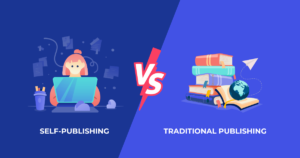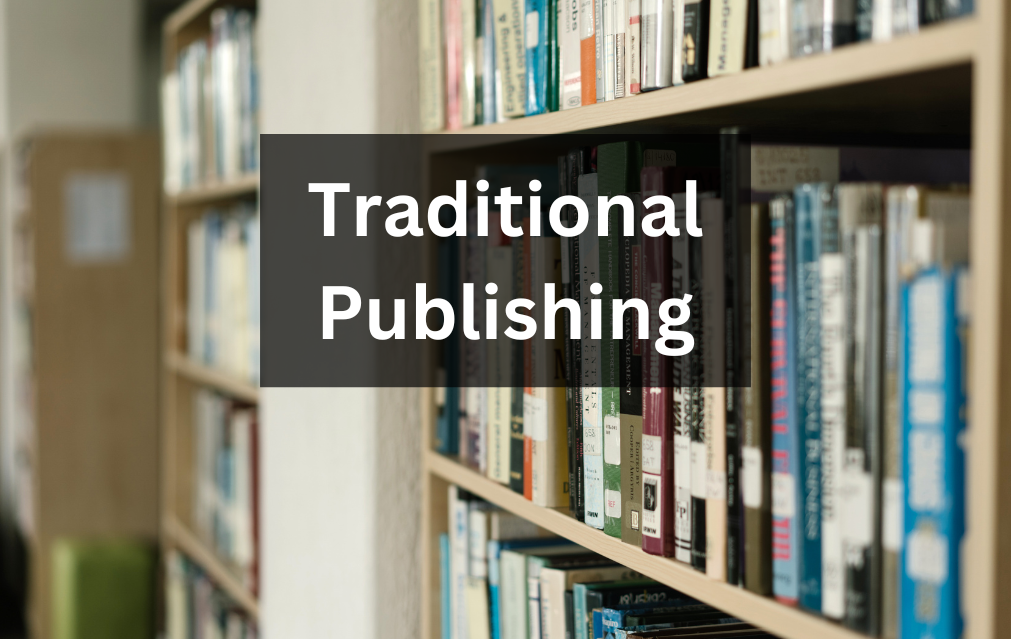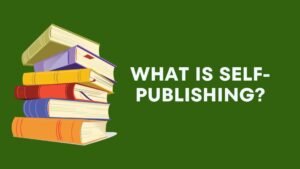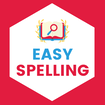Traditional book publishing continues to be appealing although book and storytelling practices have changed considerably. Through this established route authors fulfill their goal to release books in stores while expanding their reader base. Standard Publishing is the focus for anyone who wants to learn about this familiar path to publishing books.
We will explore Established Publishing through explanation of its internal mechanics while examining benefits and drawbacks and why it remains essential for the publishing world.
What is Traditional Publishing?
Authors submit their manuscript to publishing houses through Standard Publishing and these publishers undertake all responsibility beginning with editing and design through printing and distribution. The publisher will receive book sale revenue yet the author obtains royalty checks for their work.
How Traditional Publishing Works
So how does an author’s manuscript make it to the shelves of bookstores?
- Manuscript sent to agents
- Manuscript acceptance process
- Refining with professional editors
- Creating cover and layout
- Bulk book production
- Sent to retailers and libraries
- Book promotion strategies
Advantages of Traditional Publishing
Professional editing combined with attractive book designs are available from publishers who guarantee a polished final publication version. Publishers distribute books comprehensively because they reach domestic markets alongside global audiences and establish trust because of their established standing in the industry. Many publishers help authors improve book sales by creating promotional marketing initiatives.
Disadvantages of Traditional Publishing
Although the advantages exist, Established Publishing methods present a number of shortcomings. The combination of elevated competition in the marketplace creates acceptance hurdles that extend to multiple years. When an author publishes through traditional platforms they frequently earn diminished royalties because publishers retain major profit shares and limit creative freedom.
Traditional Publishing vs. Self-Publishing

| Aspect | Traditional Publishing | Self-Publishing |
| Creative Control | Limited | Full |
| Distribution | Wide | Limited |
| Costs | Covered by Publisher | Covered by Author |
| Royalties | Lower | Higher |
| Time to Publish | Longer | Faster |
How to Get Started with Standard Publishing
Write a Compelling Manuscript:
Craft a polished, error-free manuscript with an engaging storyline and strong characters to captivate readers.
Find a Literary Agent:
Research trustworthy agents who specialize in your genre. Submit a query letter and sample chapters to attract interest.
Submit Your Manuscript:
Carefully follow submission guidelines for agents or publishers. Include a synopsis, manuscript, and author bio as required.
Sign a Contract:
Review and sign a publishing agreement that outlines royalties, rights, and responsibilities for both parties.
Collaborate on Editing and Design:
Work with the publisher’s editors to refine the content and designers to create an appealing book cover and layout.
Launch and Promote Your Book:
Participate in marketing campaigns, book events, and social media promotions to maximize your book’s reach and visibility.
Top Traditional Publishing Houses
Some of the most well-known publishing houses include:
- Penguin Random House
- HarperCollins
- Simon & Schuster
- Macmillan Publishers
- Hachette Book Group
These giants dominate the traditional book market and have a global reach.
Common Genres for Traditional Publishing
While traditional publishers accept a wide variety of genres, some are particularly popular:
Fiction comprises fantasy and romance as well as mystery components alongside Non-fiction comprises biographies with self-help components and Children’s literature with Academic and reference literature.
Challenges in Standard Publishing
Traditional publishers make the publishing route challenging for authors because they typically reject manuscripts numerous times before they decide to sign an author. The conventional publishing path typically extends for an elongated period between manuscript submission and eventual book release. Traditions editor changes in a writer’s work sometimes force authors to accept alterations they disagree with.
Tips for Success in Traditional Publishing
- Research publishers specializing in your genre.
- Write a compelling query letter to grab attention.
- Be patient and persistent, embracing rejections.
- Build a strong online platform to attract publishers.
Is Standard Publishing Right for You?
The selection between traditional or self-publishing should be influenced by your expected outcomes. Self-publishing stands superior when you need complete creative supervision and quick submission to market. The decision to publish with Established Publishing depends on whether you need professional guidance together with widespread distribution.
The Future of Traditional Publishing
Digital trends will continue affecting the publishing industry yet Standard Publishing methods preserve their position in the market. Traditional publishers now employ hybrid approaches which integrate traditional print alongside digital publishing components as they adjust their business models for the new market trends. High-quality professionally-edited books continue to find significant market demand.
Conclusion
Digital trends continue to transform the publishing field yet traditional publishing methods will persist indefinitely. The publishing industry transforms through hybrid approaches that bring together traditional print distribution with digital content. The market for expertly made publisher-quality books shows no sign of declining.
FAQs
What is traditional publishing?
Standard Publishing involves submitting a manuscript to a publishing house, which handles editing, design, printing, and distribution.
How long does Standard Publishing take?
It can take anywhere from one to three years from manuscript submission to book release.
Do I need a literary agent for traditional publishing?
While not always required, having a literary agent increases your chances of getting published.
What are the costs involved in traditional publishing?
The publisher covers the costs of editing, design, and distribution. Authors do not pay upfront.
Can I self-publish and then switch to Standard Publishing?
Yes, many authors start with self-publishing and later secure Established Publishing deals.








